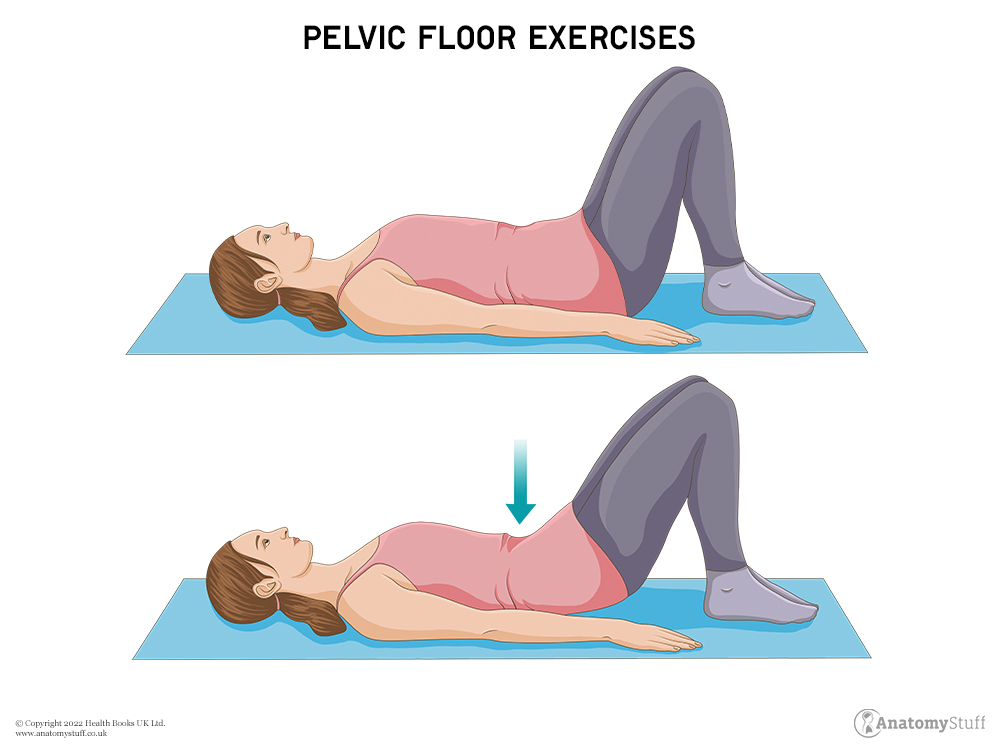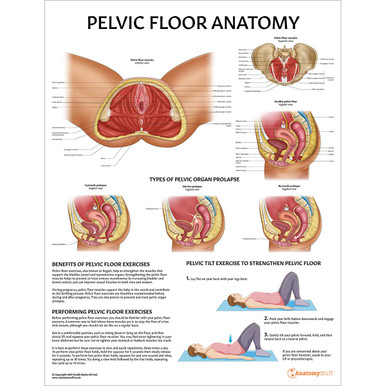Types of Urinary Incontinence
Urinary incontinence is a common issue that affects millions of people of all ages, particularly the elderly. The condition is caused by impaired bladder control, which prevents the sufferer from being able to control the flow of urine. It comes in many forms, including stress incontinence, urge incontinence, and overflow incontinence. Treatment may include lifestyle changes, medications, and surgery, depending on the type of incontinence and the severity of the symptoms.
Urge incontinence
This type happens when you have a sudden, intense urge to urinate, followed by an involuntary loss of urine. You might feel you need to urinate frequently. Urge incontinence can be caused by a minor condition, such as infection, or a more severe condition, like a neurological disorder or diabetes.
Stress incontinence
With stress incontinence, urine leaks when you put pressure on your bladder by coughing, sneezing, laughing, exercising or lifting something heavy.
Overflow incontinence
With overflow, as the name suggests, you may experience frequent or constant dribbling of urine. This is because your bladder doesn’t empty completely.
Functional incontinence
A physical or mental impairment prevents you from getting to the toilet quickly. For example, if you have severe arthritis, you may be unable to unbutton your trousers fast enough. If you have mobility issues, you may not get there in time.
Mixed incontinence
This is when you will have more than one type of incontinence, like a combination of urge and stress incontinence.
Tips to manage your urinary incontinence
Always seek medical advice from a healthcare professional about any condition you may have. Now that you know the different types, we want to look into management. Rest assured, there are several new and existing treatments evolving, and every day more advanced treatments pop up, so although urinary incontinence can be an embarrassing and stressful condition, there are treatment options that can be discussed with your GP, urologist or other healthcare providers. However, maintaining strong pelvic floor muscles is always a good idea; this can be done by doing pelvic floor exercises.
Pelvic Floor Exercises
• To keep your pelvic floor robust, try simple pelvic floor exercises.
• Lie flat on your back with your legs bent.
• Push your belly button downwards and engage your pelvic floor muscles. Gently tilt your pelvis forward, hold, and then release back to a neutral pelvis.

Conclusion
The type of incontinence will no doubt dictate the management but ensure you look after your well-being also, as having urinary incontinence can be overwhelming and embarrassing for many. Remember to talk to professionals and seek the management plan that best suits you for your type of urinary incontinence.












